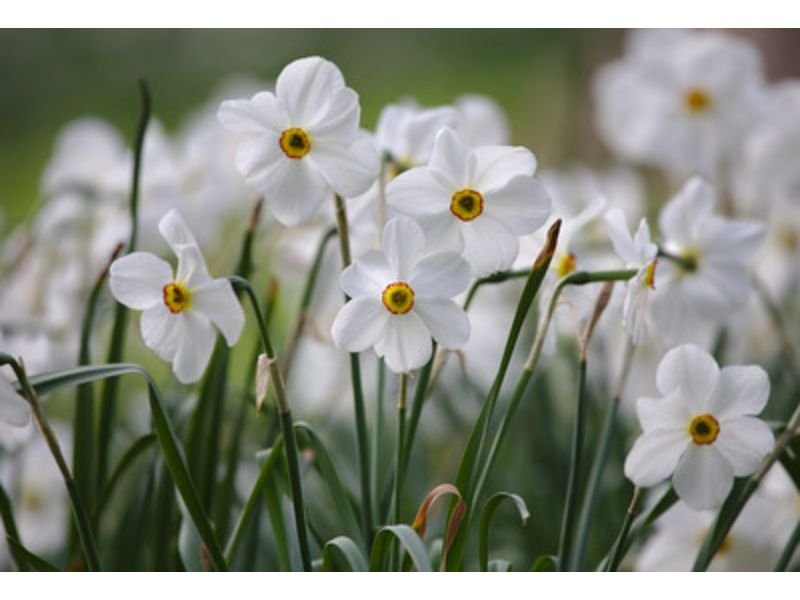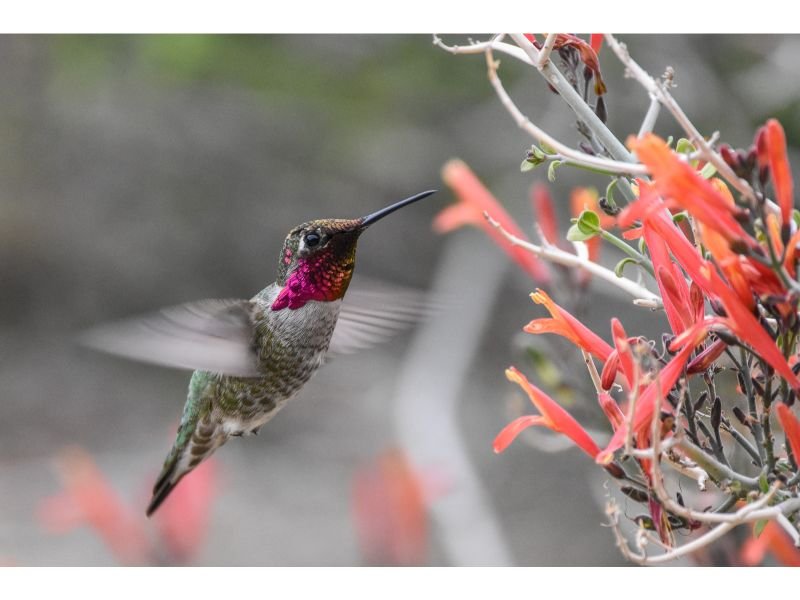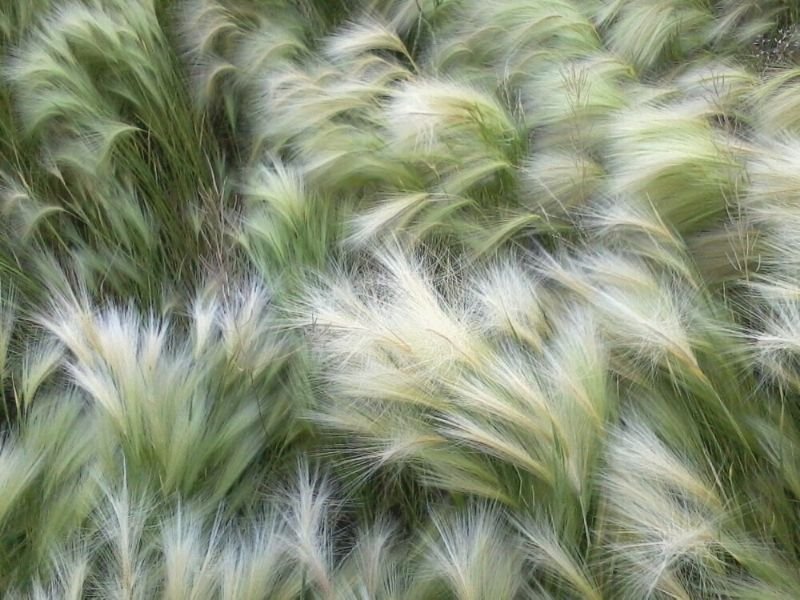Clover, also known as trefoil, is a charming and widely recognizable flowering plant that belongs to the legume family, Fabaceae. With its dainty appearance and vibrant yellow flowers, it has captured the hearts of nature enthusiasts and gardeners alike.

In this comprehensive article, we delve into the fascinating world of clover with a special focus on the varieties boasting those mesmerizing yellow blooms. So, let’s embark on this journey of botanical beauty and explore the wonders of clover with yellow flowers.
Table of Contents
Understanding Clover: An Overview
Clover is a herbaceous perennial plant, which means it lives for multiple growing seasons. The most common clover varieties are Trifolium repens (white clover) and Trifolium pratense (red clover).
Both types are celebrated for their ability to fix nitrogen in the soil, enhancing its fertility. However, today, our spotlight is on the lesser-known but equally captivating yellow-flowered clover species.
What do clover and trefoil mean
Clover and trefoil are common names for plants of the genus Trifolium, which consists of about 300 species of flowering plants in the legume or pea family Fabaceae. The word “clover” comes from the Old English word “clafre,” which means “clover” or “trefoil”.
The term “trefoil” refers to the three-lobed shape of the leaves, with “tre” meaning “three” and “foil” meaning “leaf”. Clover and trefoil plants are known for their three-part leaves, which are often associated with good luck and are considered a symbol of the Holy Trinity in Christianity.
The flowers of clover and trefoil plants can come in various colors, including yellow, white, pink, and red. The yellow flowers of clover and trefoil plants are particularly associated with joy, happiness, and positivity.
In addition to their symbolic meanings, clover and trefoil plants have practical uses as well. They are often used as forage for livestock due to their high protein content.
Some species, such as red clover (Trifolium pratense), are also used in herbal medicine for their potential health benefits.
Overall, clover and trefoil plants are widely recognized for their distinctive three-lobed leaves and are appreciated for their symbolic meanings, as well as their practical uses in agriculture and medicine.
The Alluring Yellow Clover
1. Trifolium aureum (Golden Clover)
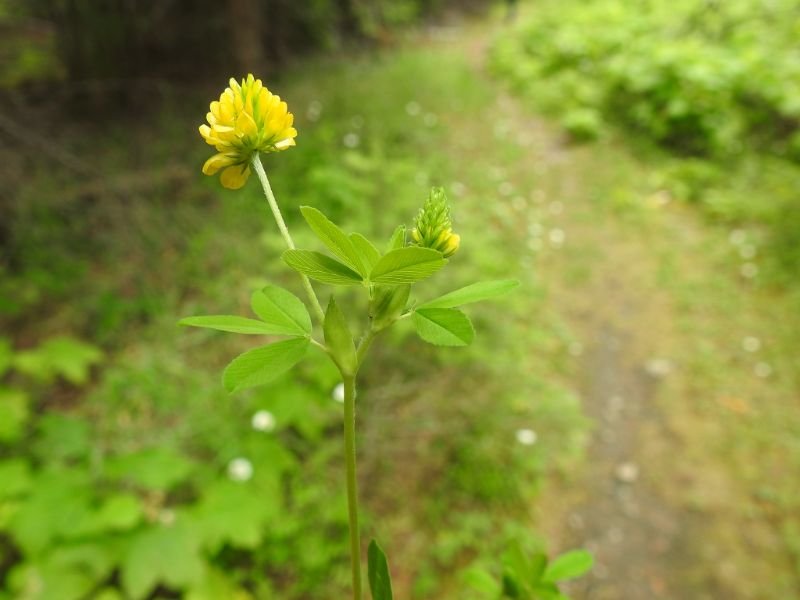
Trifolium aureum, more commonly known as Golden Clover, is a delightful species that boasts sunny, buttery yellow blossoms.
Native to Europe, it has also found its way to various regions across North America. The bright yellow flowers contrast beautifully against the lush green foliage, creating a picturesque landscape that’s hard to resist.
Key Features:
- Vivid yellow flowers
- Three-leafed clover foliage
- Adaptable to various soil types
- Attracts pollinators, like bees and butterflies
2. Trifolium campestre (Field Clover)

Trifolium campestre, or Field Clover, is another enchanting yellow-flowered clover variety. This perennial herb is widespread in Europe and parts of Asia, where it thrives in open grasslands and meadows.
Its golden blooms not only add a touch of cheerfulness to the surroundings but also serve as an essential food source for bees, aiding in pollination.
Key Features:
- Yellow pea-like flowers
- Spreading growth habit
- Provides ground cover and prevents soil erosion
- Valuable forage crop for livestock
3. Yellow Sorrel (Oxalis stricta)
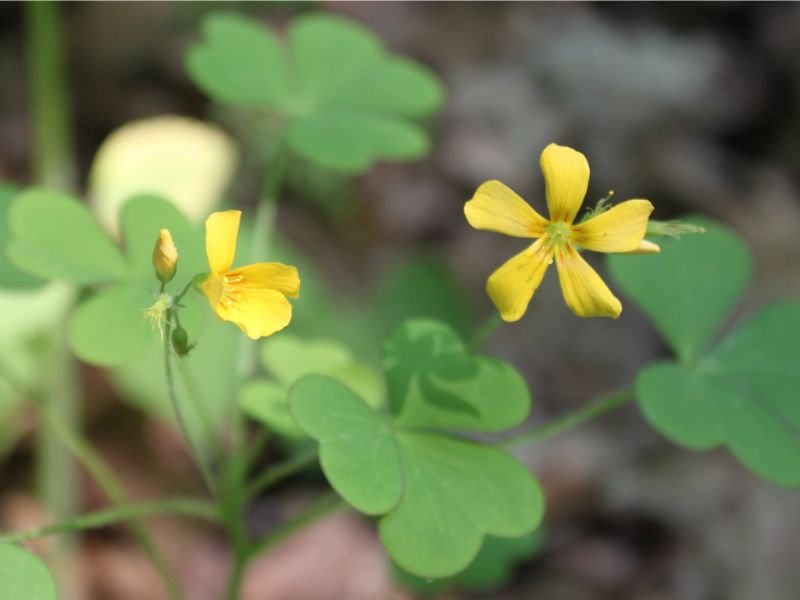
Yellow Sorrel, scientifically known as Oxalis stricta, is a fascinating herbaceous perennial that enchants its petite size and unique foliage.
This charming plant typically grows to a modest height of 10 to 30 centimeters, making it an ideal addition to various garden spaces.
One of its most distinguishing features is its trifoliate leaves, arranged in a way that resembles three hearts joined at their base. These heart-shaped leaflets add a touch of whimsy to the plant and contribute to its alluring appearance.
Another intriguing characteristic of the Yellow Sorrel is its habit of folding its leaves down at night and opening them up during the day.
This phenomenon, known as nyctinasty, creates an enchanting spectacle in the garden as the leaves respond to changes in light and temperature.
This behavior not only adds an element of wonder but also serves the practical purpose of protecting the leaves from potential damage during the night.
4. Black Medick (Medicago lupulina)
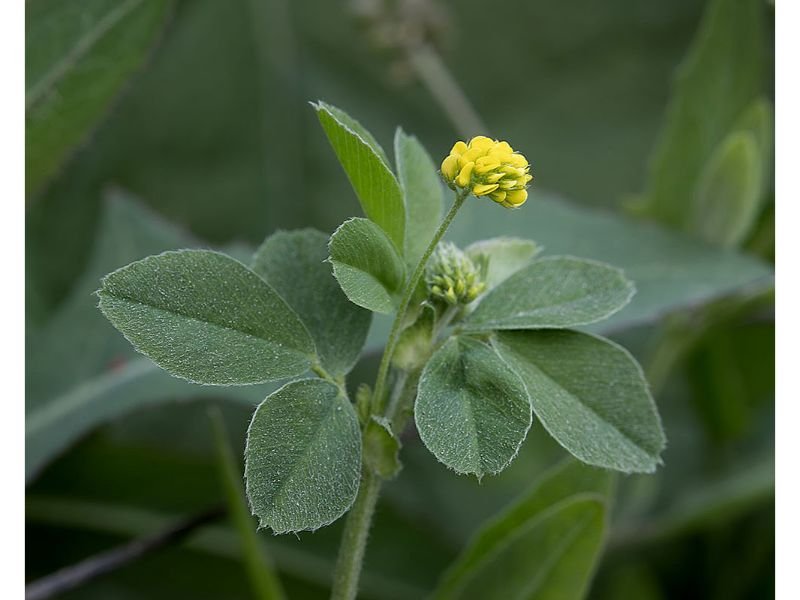
Black Medick, scientifically known as Medicago lupulina, is an intriguing plant that bears some resemblance to Lesser Trefoil (Trifolium dubium). However, upon closer inspection, it reveals unique features that set it apart.
This herbaceous plant boasts three-part leaves and charming small yellow flowers, which share a similarity in size with those of Lesser Trefoil.
One of the key distinctions of Black Medick lies in the unique shape of its flowers. While Lesser Trefoil’s flowers are more elongated, those of Black Medick have a rounder appearance, adding a different visual dimension to the plant.
Additionally, the leaves of Black Medick are elongated, providing an interesting contrast to the more compact and rounded leaves of Lesser Trefoil.
Like other members of the Medicago genus, Black Medick has an intricate root system that aids in nitrogen fixation, benefiting the soil and surrounding plants.
This ability to enhance soil fertility contributes to its ecological importance and makes it a valuable component of diverse ecosystems.
5. Bird’s-foot Trefoil (Lotus corniculatus)
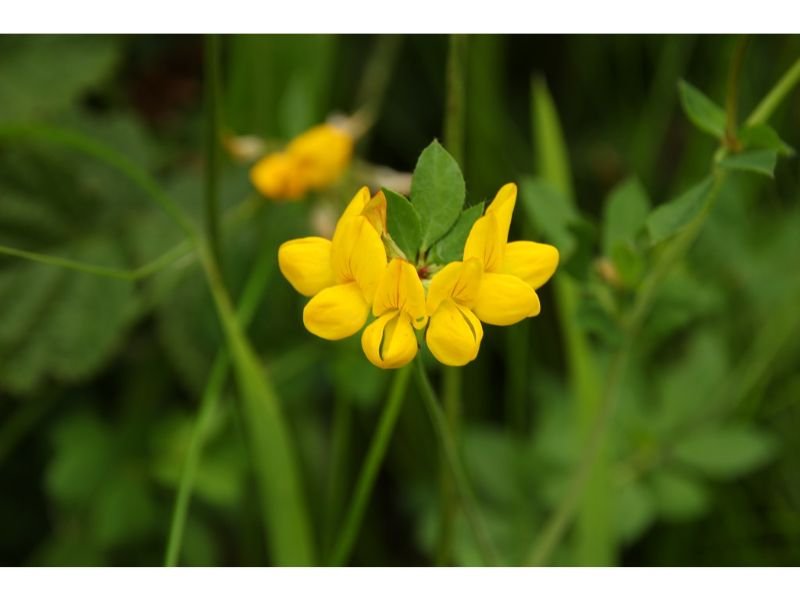
Bird’s-foot Trefoil, scientifically known as Lotus corniculatus, is a striking herbaceous plant that boasts larger yellow flowers compared to Lesser Trefoil.
The vibrant yellow blooms resemble the shape of a bird’s foot, giving this plant its common name. This unique floral feature not only adds a touch of visual intrigue but also makes Bird’s-foot Trefoil easily identifiable in the wild.
Beyond its ornamental value, Bird’s-foot Trefoil plays a vital role in various ecosystems. As a member of the legume family, Fabaceae, it has the ability to fix nitrogen in the soil, which enhances soil fertility and supports the growth of neighboring plants.
Furthermore, its abundant flowers attract various pollinators, including bees and butterflies, making it a valuable asset in promoting biodiversity and supporting the health of local wildlife.
Bird’s-foot Trefoil has been used in traditional herbal medicine for its medicinal properties. It is believed to possess anti-inflammatory and diuretic properties, and herbalists have used it to treat various ailments throughout history.
Cultivating Clover with Yellow Flowers
Growing clover with yellow flowers in your garden can be a rewarding and enjoyable experience. To ensure successful cultivation, follow these essential guidelines:
1. Selecting the Right Location
Choose a sunny spot for your clover to thrive. These plants love sunlight and will produce more vibrant blooms when exposed to ample sunshine. Avoid areas with waterlogging, as clover prefers well-drained soil.
2. Preparing the Soil
Prepare the soil by loosening it and removing any weeds or debris. Clover prefers soil with good organic content, as it aids in its nitrogen-fixing abilities. You can also conduct a soil test to determine if any specific nutrients are lacking.
3. Planting Clover Seeds
You can sow clover seeds directly into the soil or start seedlings indoors and transplant them later. Ensure the seeds are evenly spaced and not buried too deep. Water the newly planted seeds gently and regularly until they establish themselves.
4. Watering and Maintenance
Clover is generally low-maintenance once established, but regular watering is essential during dry spells. Avoid overwatering, as this can lead to root rot. Additionally, trim the plants occasionally to promote bushier growth.
5. Companion Planting
Consider companion planting with other beneficial species, such as yarrow, daisies, or wildflowers. These combinations not only enhance the aesthetics of your garden but also create a welcoming habitat for beneficial insects and pollinators.
The Ecological Importance of Clover
Apart from its visual appeal, clover plays a vital role in maintaining the ecosystem’s health. Here are some reasons why incorporating clover into your landscape is an eco-friendly choice:
1. Nitrogen Fixation
Clover has a unique symbiotic relationship with nitrogen-fixing bacteria in its root nodules. This process converts atmospheric nitrogen into a usable form for the plant, enriching the soil and reducing the need for synthetic fertilizers.
2. Wildlife Habitat
The flowers of clover varieties, including those with yellow blooms, attract an array of pollinators like bees and butterflies. These insects play a crucial role in pollination, which is essential for the reproduction of many plant species.
3. Soil Erosion Control
The dense root systems of clover help bind the soil together, preventing erosion and promoting soil stability. This is particularly beneficial in areas prone to erosion or on slopes.
4. Livestock Forage
Clover is a highly nutritious forage crop for livestock, providing essential nutrients to grazing animals. Integrating clover into pastures can improve the overall health and productivity of farm animals.
Conclusion
Clover with yellow flowers, with its radiant beauty and ecological significance, is a true gem in the plant kingdom. From its nitrogen-fixing properties to its role in supporting pollinators, it offers numerous benefits to both the garden and the environment.
So, if you’re seeking to create a vibrant, sustainable, and visually stunning landscape, consider adding these cheerful yellow-flowered clover species to your garden. Embrace the wonders of nature and let the golden hues of clover brighten up your surroundings!

Gardening is my passion and growing plants indoors has always been a stress relief for me. Grow a banana tree in my apartment once (although failed to produce bananas).

